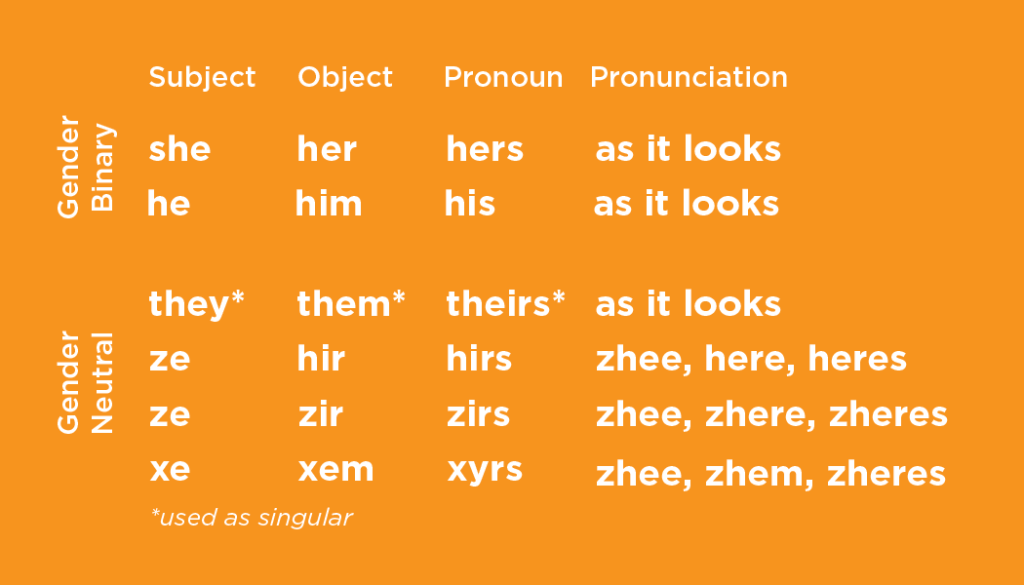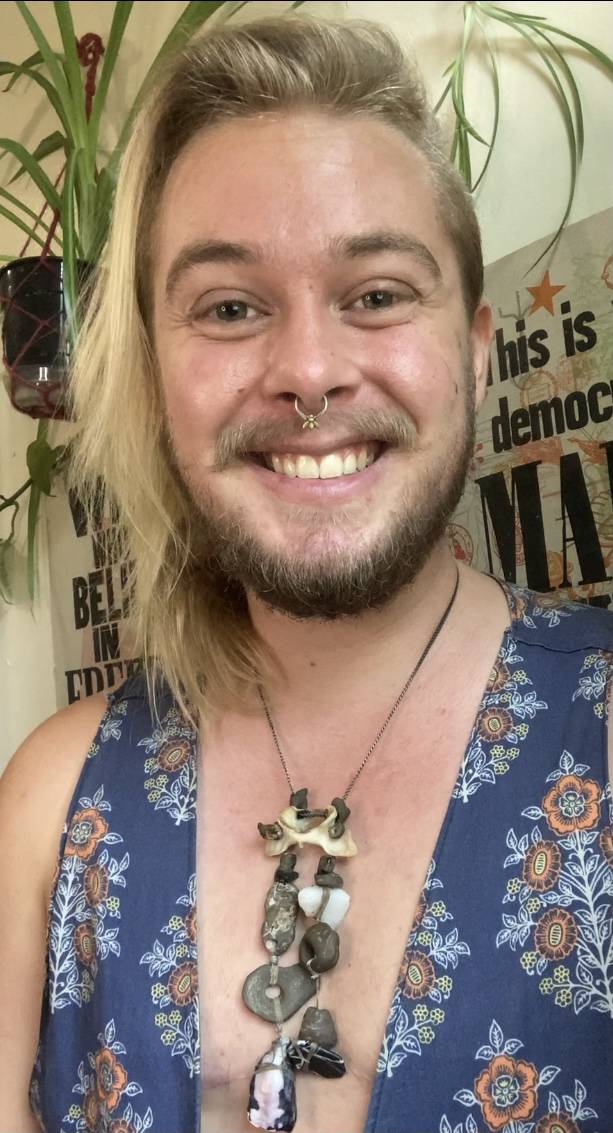He/Him/His, She/Her/Hers, They/Them/Theirs were the pronouns that we were taught growing up in school. In more recent years, neopronouns have grown in popularity as a way for individuals to better demonstrate the complexity of their relationship with gender and how they identify. This has certainly sparked some controversy over whether this is acceptable since it goes against everything the lessons taught to American children in schools.

It is much easier for American children to learn the “traditional” pronouns (He, She, Them) as there are three rather than an all-inclusive list that frequently expands. However, this is not to say that society should not attempt to educate children from an early age on the varying gender identities and pronoun usage. Children must understand the different pronouns Americans use before they can understand how neopronouns function later on in life.
I found many educational sites on neopronouns, which had comparisons between “traditional” pronouns and the neopronoun equivalent, making it much easier to comprehend and understand the slight differences. This comparison was very helpful to me (maybe not to everyone) to understand the usage, pronunciation, etc.

Now although UofTennessee‘s list was not extremely long, it should be a requirement for colleges and universities to educate their students in order to have more inclusive and competent future leaders. The most updated list (I could find) included: Ne/Nem/Nir, Ve/Ver/Vis, Ey/Em/Eir, Ze/Zie/Hir, Xe/Xem/Xyr, Xy/Xyr/Xyrs, Hi/Hir/Hirs, Fae/Faer/Faers, Ae/Aer/Aers, Thon/Thon/Thon, Per/Per/Pers, Zee/Zed/Zeta all matching the format of the She/Her/Hers pronoun.

During my research, an article posted by Edmund Green Langdell (they/them) demonstrated their understanding of this subject and the importance of embracing those who feel most comfortable with neopronouns. Langdell described why these neopronouns are essential which can best be summed up with “[t]hey prioritize the complexity of an individual’s relationship with gender, rather than having pronouns that always relate to the gender binary in some way”. They also go on to describe some of the most common neopronouns and how they line up with They/Them/Theirs pronouns, making it very easy for the audience to view this similarity.
I can somewhat understand where this discomfort comes from since it is entirely different from what many individuals have been taught. But there is absolutely no reason for an individual to not take the time to make individuals feel more included and appreciated by using proper pronouns. Social Media platforms like Instagram, TikTok, Facebook, and Twitter have all made positive strides toward a more inclusive environment by allowing individuals to publicly display their preferred pronouns on their accounts. However, it is also important to acknowledge the presence of microaggressions where an individual will intentionally use the wrong pronouns, which is inexcusable. This intentional act is one of the many examples of how ignorance is passed down through generations. It is our societal duty to normalize the use of both pronouns and neopronouns and not be afraid to ask questions to attempt to educate oneself further. This education can help future generations of neopronouns users feel more comfortable in their skin and included in society, and hopefully, reduce the presence of microaggressions.
My personal stance on neopronouns is that they are just as acceptable as “traditional” pronouns. These neopronouns allow individuals to feel more comfortable with their identity and embrace their true selves. It is important to note that I am a straight white, cisgender female who uses She/Her pronouns, I attempt to create an inclusive environment by introducing myself as Leah Hayes (She/Her) and clarifying pronoun usage when meeting new individuals. It is a simple act like this that can create a more inclusive community here at Penn State and in the outside world, so consider doing the same the next time you meet someone for the first time!
Sources Consulted:
